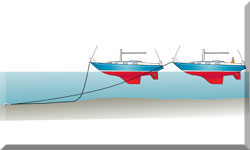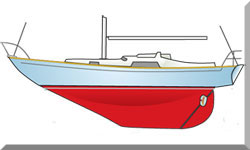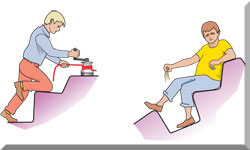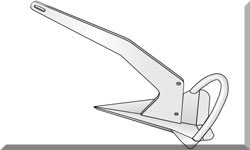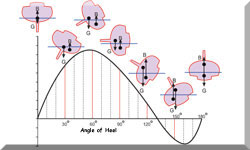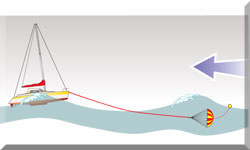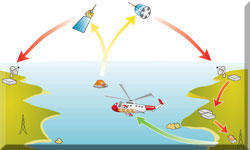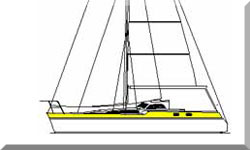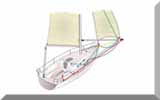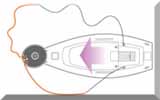- Home
- Knots, Bends & Hitches
- Anchor Bend Knot
The Anchor Bend Knot
How to Tie It & When to Use It
The Anchor Bend Knot isn't a bend or a knot; it's a hitch. Sailors of old referred to 'bending-on an anchor' and the name of this knot originated from those times.
It's an extremely strong and reliable knot, much more so than the commonly used bowline or round turn and two half-hitches. Consequently, the anchor bend knot should be your first choice when making a long-term attachment to a shackle or similar item of hardware.
But why 'long-term'? Because once it's been under tension the anchor hitch can be almost impossible to undo.
How to Tie the Anchor Bend Knot
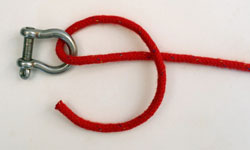
Stage 1
Take a turn through the shackle.
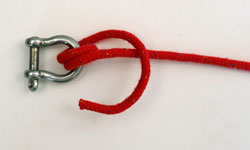
Stage 2
Then take another one. After all one good turn deserves another!
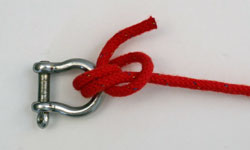
Stage 3
Now pass the working end through both turns. If you cinch the knot up tight at this stage you should sieze the the working end to the standing part.
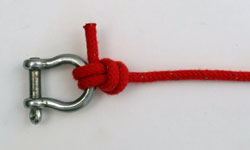
Stage 4
But for a super-strong and reliable connection with no need for siezing, pass the the working end through both turns a second time.
People are asking...
What is the anchor bend used for?
What is the anchor bend used for?
The anchor bend, also known as the fisherman's bend, is a secure knot used to attach a rope to a fixed object, typically an anchor. It's renowned for its strength and reliability. Here are some common uses:
- Securing Anchors:Tying a rope to an anchor, ensuring a strong and secure connection that can withstand the forces of the water and the weight of the anchor.
- Marine Applications:Attaching lines to rings, posts, or other fixtures on a boat.Used in mooring and docking to secure boats to piers or docks.
- Heavy Loads:Situations where a very secure and strong connection is needed, such as lifting or securing heavy objects.
The anchor bend is valued for its ability to maintain strength and security, even under heavy loads or in challenging conditions.
What strength is the anchor bend?
What strength is the anchor bend?
The anchor bend is known for its strength and reliability. When tied correctly, it can retain approximately 65-75% of the rope's original strength. This makes it a very secure choice for attaching ropes to anchors or other heavy loads in marine and other applications.
Keep in mind that the actual strength of the knot can be influenced by factors such as the type of rope used (e.g., synthetic vs. natural fibers), the condition of the rope, and how well the knot is tied and dressed.
The anchor bend's ability to maintain strength under load and resist slipping makes it a trusted knot in many situations where security is crucial.
Recent Articles
-
Albin Ballad Sailboat: Specs, Design, & Sailing Characteristics
Jul 09, 25 05:03 PM
Explore the Albin Ballad 30: detailed specs, design, sailing characteristics, and why this Swedish classic is a popular cruiser-racer. -
The Hinckley 48 Sailboat
Jul 09, 25 02:44 PM
Sailing characteristics & performance predictions, pics, specifications, dimensions and those all-important design ratios for the Hinckley 48 sailboat... -
The Hinckley Souwester 42 Sailboat
Jul 09, 25 02:05 PM
Sailing characteristics and performance predictions, pics, specifications, dimensions and those all-important design ratios for the Hinckley Souwester 42 sailboat...

